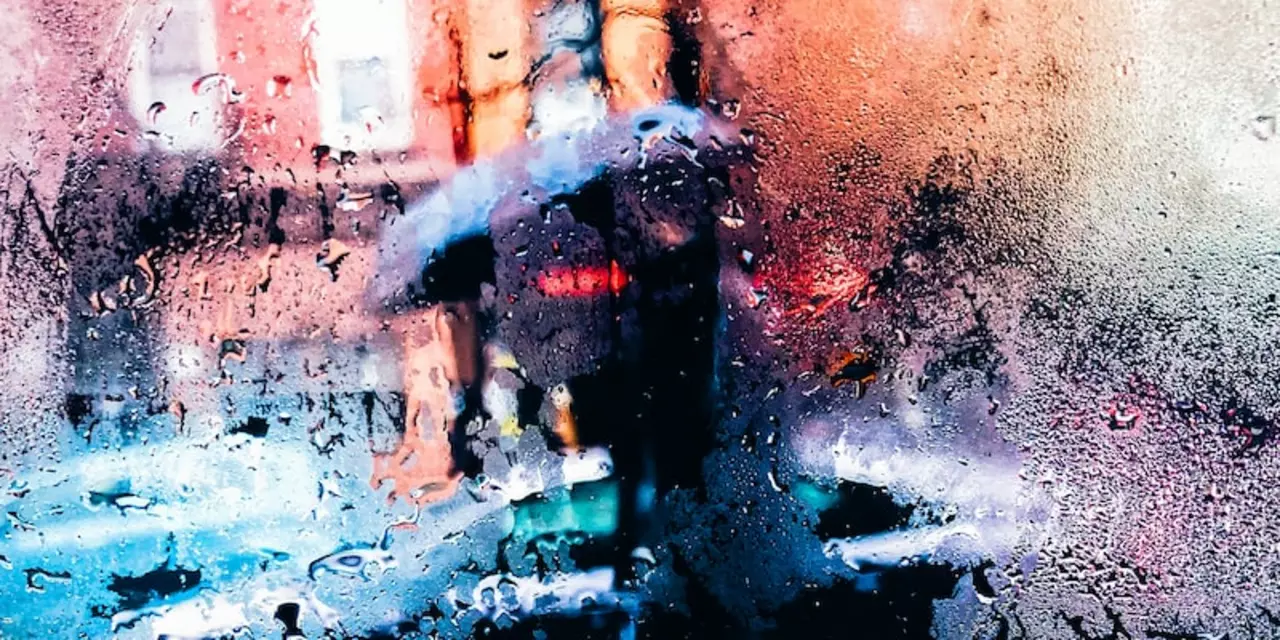Sports Equipment Maintenance: Keep Your Gear Game‑Ready
Got a favorite pair of cleats and want them to last season after season? The answer is simple: treat them right, especially when Mother Nature decides to pour. In this guide we’ll break down the most common problems—like playing in heavy rain—and give you straight‑forward steps to keep your soccer gear performing at its best.
Why Rain Can Be a Nightmare for Cleats
When water soaks into leather, the material gets heavy, stiff, and loses traction. Kangaroo leather, a popular choice for high‑end cleats, is soft and molds to your foot, but it also absorbs moisture faster than synthetic uppers. The extra weight can throw off your balance, and a soggy surface on the boot reduces the bite you need on the pitch. Those tiny cracks you see after a rainy match aren’t just cosmetic; they’re the first sign of the leather’s fibers weakening.
Practical Steps to Protect and Revive Your Shoes
1. Waterproof before you need it. A light spray of a dedicated leather waterproofing product creates a barrier that repels water. Apply it in a well‑ventilated area, let it dry for a few hours, then wipe off any excess. Do this every two to three weeks during the rainy season.
2. Dry them the right way. Never shove wet cleats into a dryer or sit them near direct heat—that will shrink the leather and crack the stitching. Instead, stuff the inside with newspaper or a clean towel to soak up moisture, then let them air‑dry at room temperature. Flip them after a couple of hours for even drying.
3. Switch to synthetics when it’s really pouring. If the forecast calls for a downpour, consider wearing a pair of synthetic‑upper cleats. They shed water quickly, stay lighter, and still give you the traction you need.
4. Clean after every match. Mud and salt can accelerate wear. Brush off dry mud with a soft shoe brush, then wipe the leather with a damp cloth. Avoid soaking the whole boot; a quick spot clean is enough.5. Store smart. Keep your cleats in a breathable shoe bag, not a sealed plastic bag. Let them sit away from direct sunlight, which can dry out the leather, and avoid stacking heavy objects on top of them.
Following these habits means you’ll notice less stiffness, better grip, and a longer life for that pricey pair of kangaroo leather cleats. And if you ever catch them looking a bit soggy, remember the newspaper trick—it's cheap, works fast, and keeps the leather from warping.
Overall, the key to sports equipment maintenance is being proactive. Treat your gear before it gets damaged, and you’ll spend less money replacing it later. Got a specific problem with your boots? Drop a comment below, and we’ll share a fix that works for you.
